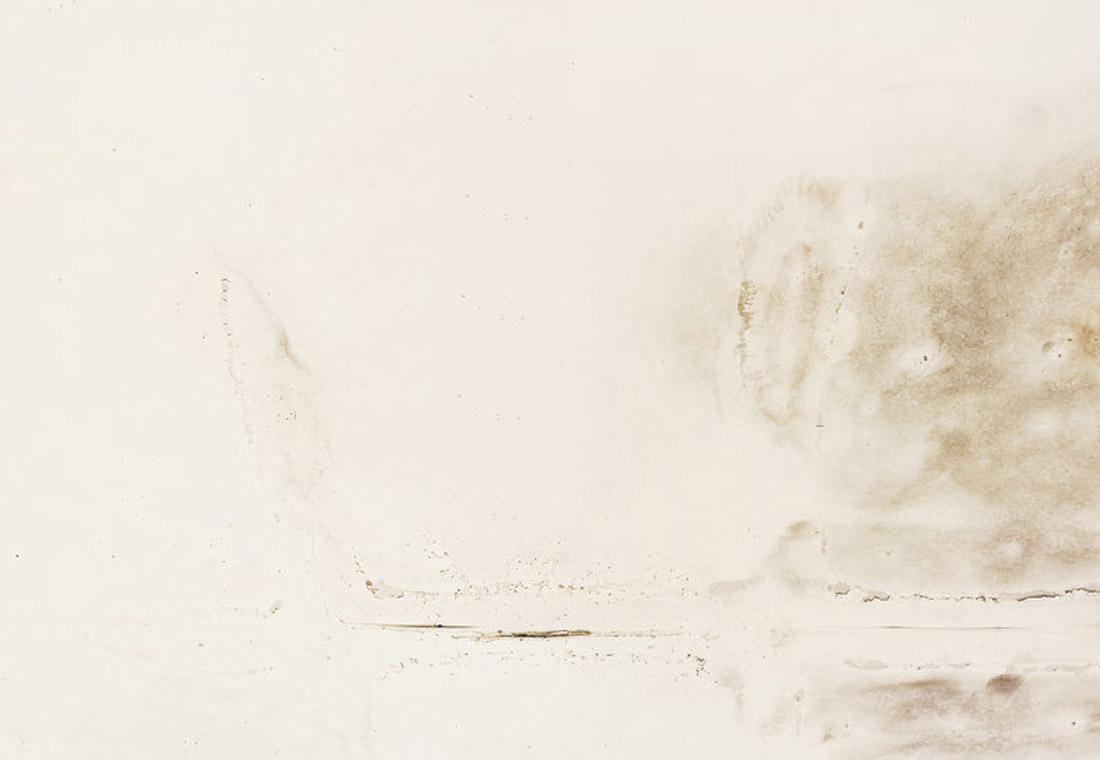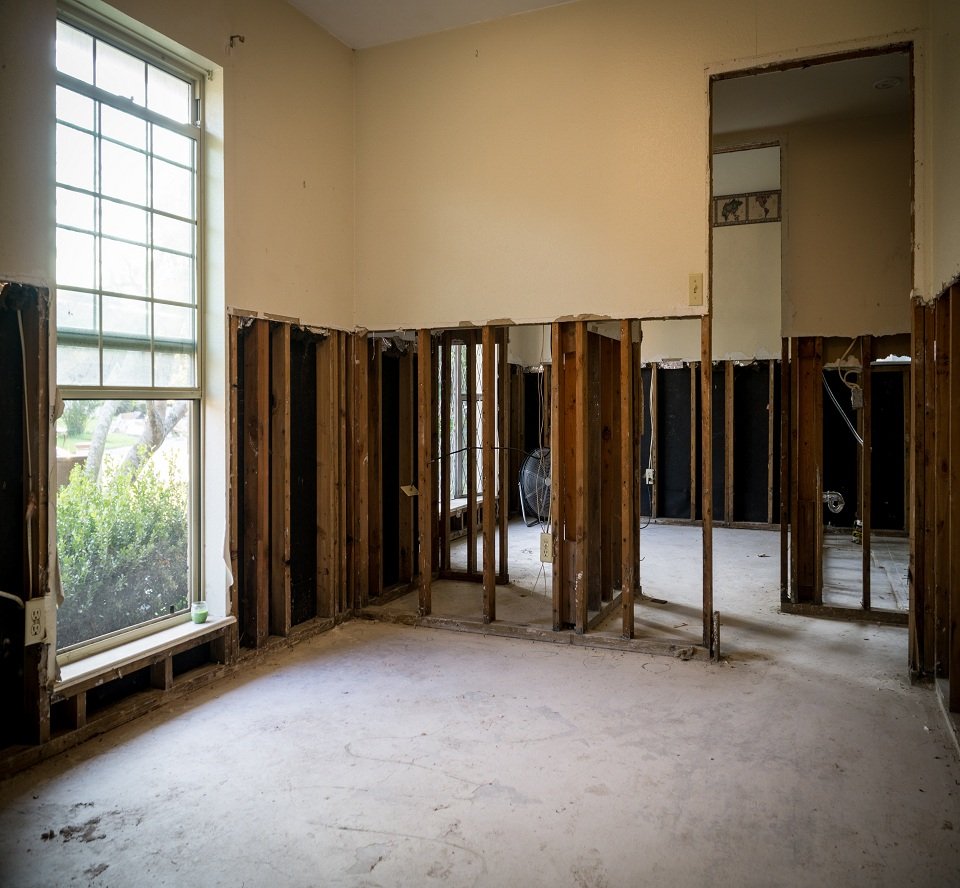We have repeatedly discussed the nuisance and safety hazards that come from flood damage in the home. But are you aware that the initial damage caused by a flood should not be your only concern? Standing flood waters can also spread infectious diseases, contain potent chemicals, cause injuries, and much more. Fortunately, with steps you can take on your own to enhance your protection and with help from our water damage restoration specialists in Maryland, you stand a good chance of mitigating many of these tumultuous situations. Here are the hidden dangers of flooding and what can be done to prevent your home from flooding.
Understanding The Hidden Dangers of Flooding
The following are the different water categories that are susceptible to flooding
Category One-Clean Water
Clean water, also known as drinking or potable water, is usually devoid of contaminants and does not usually pose immediate risk to our health. However, if it’s left to stand, clean water can quickly become grey, especially when in contact with building surfaces. This occurs in as little as 24-48 hours. Clean water can usually be cleaned by extracting the water and drying the property alongside dehumidification.
Category Two-Greywater
Greywater may contain contaminants which can be detrimental to someone’s health. It is also likely to contain some human particles such as dead skin cells and hair, along with traces of fat, oil, and grease that is generated from cooking. The likely culprit for this includes sink drains, baths, showers, and discharge pipes that are hooked up to washing machines and dishwashers.
Category Three-Blackwater
Yes. Your assumptions harem happen to be correct. Blackwater is grossly unhygienic. It has a serious health risk for anyone that comes into contact with it. Not only can one fall seriously ill, it can also be fatal, in some cases. Blackwater is presumed to have a wide range of harmful contaminants, even carrying diseases. Often contaminated with human and animal feces, you should never make contact with it or attempt to clean it up on your own (that is best left to the professional water damage restoration specialists in Maryland). Keep in mind that all floodwater is considered blackwater.

Mold After A Flood
It’s essentially guaranteed that after any flood, there will be an onset of mold. To stop it from growing, the premises need to be completely dried out within the first 24-48 hours, which even at the best of times, can seem near impossible. Once mold has had the chance to fester, it then generally doesn’t require as much moisture to continue colonizing. So, any dampness left in drywall, furniture, upholstery and carpets, is enough to allow mold to continue growing. Keep in mind, mold does not need to be visibly noticeable to be present. It can go undetected for months or years, without anyone being able to realize.
Unexpected Hidden Dangers of Flooding
Some dangers to flooding do occur as CDC explains here. What we are about to mention may seem obvious for some, but may be overlooked by others. See below for some examples:
Rats, Rodents, and Other Infiltrators
Rats, along with mice and other rodents, abandon their refuge to search for new, dry locations. Where do they go? Unfortunately, it’s not common to find them in unaffected areas of your home, after a flood. While it might be the last thing on your mind when hit with a flood, filling in holes can be beneficial for keeping rats away.
Flies
Floods can cause incidents like sewage backup and the emergence of dead animals. Flies will literally eat this up, and begin to lay their eggs in all sorts of surfaces and before long, you could have an unwanted fly infestation on your hands.
Wasps
If you experience a flood in your home during late spring or summer, you will probably see more wasps than usual. The floodwater might have even washed out a source of food from the soil, causing the wasps to come in droves, especially if their usual food sources have been tampered with.
Cockroaches
Just like with the other pests and rodents that we mentioned earlier, cockroaches will be forced out of their homes by floods and will seek refuge in new, dry homes. Be extremely careful if you find them. Cockroaches are known to be riddled with diseases like salmonella, which can put you and your family at risk, if contracted.
How to Keep Pets Safe During Floods
Ensuring the safety of pets during floods is paramount, as these situations can be particularly distressing for animals. Firstly, it’s crucial to bring pets indoors well in advance of an impending flood, as outdoor conditions can quickly become hazardous. Designate a safe, elevated area within your home where pets can take refuge, ensuring they have access to food, water, and familiar items.
Prepare a pet emergency kit that includes essentials such as food, medications, medical records, and comfort items. Ensure that this kit is easily accessible and ready to go at a moment’s notice. Microchipping and tagging pets with up-to-date contact information is essential in case of separation during the chaos of a flood.
If evacuation becomes necessary, plan pet-friendly accommodations in advance. Not all shelters accept animals, so identify pet-friendly hotels or arrange to stay with friends or family who can accommodate your furry companions.
During a flood, avoid letting pets roam freely, as currents and debris pose significant risks. Keep them on a leash or in a carrier when outside. Stay informed about weather conditions and evacuation orders, and act promptly to keep yourself and your pets out of harm’s way. Planning and quick action are vital to ensuring the safety and well-being of pets during floods.
Steps To Take After A Flood Has Occurred
Before our team of water damage restoration specialists in Maryland gets to you, here are some steps you can take, immediately following a flood.
- Do not drink flood water or use it to wash dishes. Do not brush your teeth, or wash/prepare food. Only consume clean, safe water.
- Throw away perishable food, food that may have come in contact with floodwater or stormwater, and any other food with an unusual odor, color, or texture.
- If you are evacuated, return to your home only after the local authorities have said it is safe to do so.
- Pay close attention to water advisories from local authorities, to determine if your water is safe for drinking and bathing. Additionally, only use bottled, boiled, or treated water for drinking, cooking, etc.
- Avoid driving through flooded areas and standing water. As little as six inches of water is enough to cause a vehicle to lose control.
- Prevent carbon monoxide (CO) poisoning by using generators and pressure washers outside, at least 20 feet from any doors, windows, and vents
Remediation For Flooded Basement Cleanup Specialists In Maryland
Top To Bottom Renovation, Inc. has your back when flash flooding occurs! If you have done all you can to tend to your home, immediately following the flood and now require professional flooded basement cleanup services, contact our water damage restoration specialists in Maryland, today!
Learn more here, on how you can limit water damage in your home.



